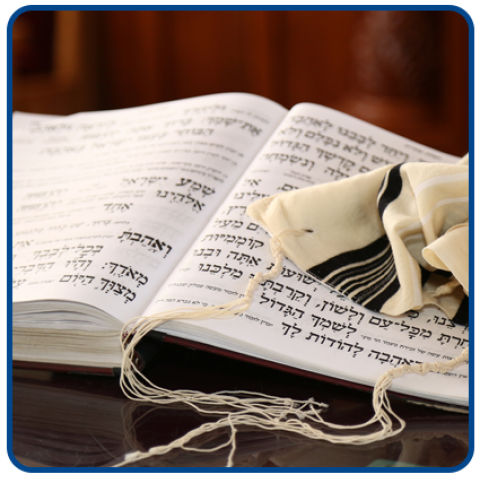
Have you ever seen the beginning of a marathon? Last year, around 40,000 racers lined up en masse to run the London Marathon. Organizers advised runners ahead of time that those at the back of the pack may not cross the start line for 15 minutes after the signal to begin the race.
Now imagine what it must have been like as the Israelites left Egypt in the Exodus. Scholars agree that the crowd probably numbered well over 2 million people. How do 2 million people just leave?
And the Israelites weren’t merely going for a 26-mile excursion; they were leaving Egypt for good. They took with them every possession they owned, including food, household items, animals and carts. Accomplishing the logistics of such an enormous mass escape from bondage is one of many displays of God’s power in Passover and the Exodus.
Beyond their own things, the Israelites also carried some of Egypt’s riches. God had told the Israelites to ask their Egyptian neighbors for valuables. They asked, and Egypt gave. By then, all Egypt was weary of the trouble they endured because of Pharaoh’s obstinance against the Jewish God determined to free His people. Also, Egypt was grief-stricken because each of its families had just suffered the death of its firstborn.
God had spared the Israelites who had followed His instructions from this tenth and final plague. They were to sacrifice a year-old lamb and brush its blood on the doorframes of their homes. When the angel of death came over the land that night, he passed over every house covered by the blood of the sacrifice, sparing them the death of their firstborn. The next day, Moses led the people out of 400 years of bondage.
Passover is the most important holiday in Jewish history. Through this watershed event, God reaffirmed His covenant with Israel’s forefathers and called the Jewish people out of slavery to be a nation unto Himself.
Passover is important to God. He commanded the people to observe its remembrance every year – forever. He wants all generations of Jewish people forevermore to know what He did in that magnificent event.
“This day is to be a memorial for you. You are to keep it as a feast to Adonai. Throughout your generations you are to keep it as an eternal ordinance” (Exodus 12:14).
He instructed us what to say when our children ask us about Passover’s annual observance.
“Now when it happens that your children ask you, ‘What does this ceremony mean to you?’ You are to say, ‘It is the sacrifice of Adonai’s Passover, because He passed over the houses of Bnei-Yisrael in Egypt, when He struck down the Egyptians, but spared our households’” (Exodus 12:26–27).
Woven into Passover is a powerful picture of another “sacrifice of Adonai’s Passover” – Yeshua (Jesus). The New Covenant calls Jesus “the Lamb of God who takes away the sin of the world” (John 1:29). The apostle Paul identifies Jesus as “our Passover” in 1 Corinthians 5:7. With His sacrifice, Jesus delivered all those who place their trust in Him from bondage to sin that had condemned us to spiritual death (Romans 6:15–18).
“But thanks be to God that though you were slaves of sin, you wholeheartedly obeyed the form of teaching under which you were placed; and after you were set free from sin, you became enslaved to righteousness” (Romans 6:17–18).
From the plagues to deliverance from death to the mass departure of 2 million people, God’s power was on display for all of Israel and Egypt to see. By His mighty hand, He freed His people from bondage and placed an image of His eternal redemptive plan in the account of Passover.
It is Adonai’s Passover, a day to remember forever.












